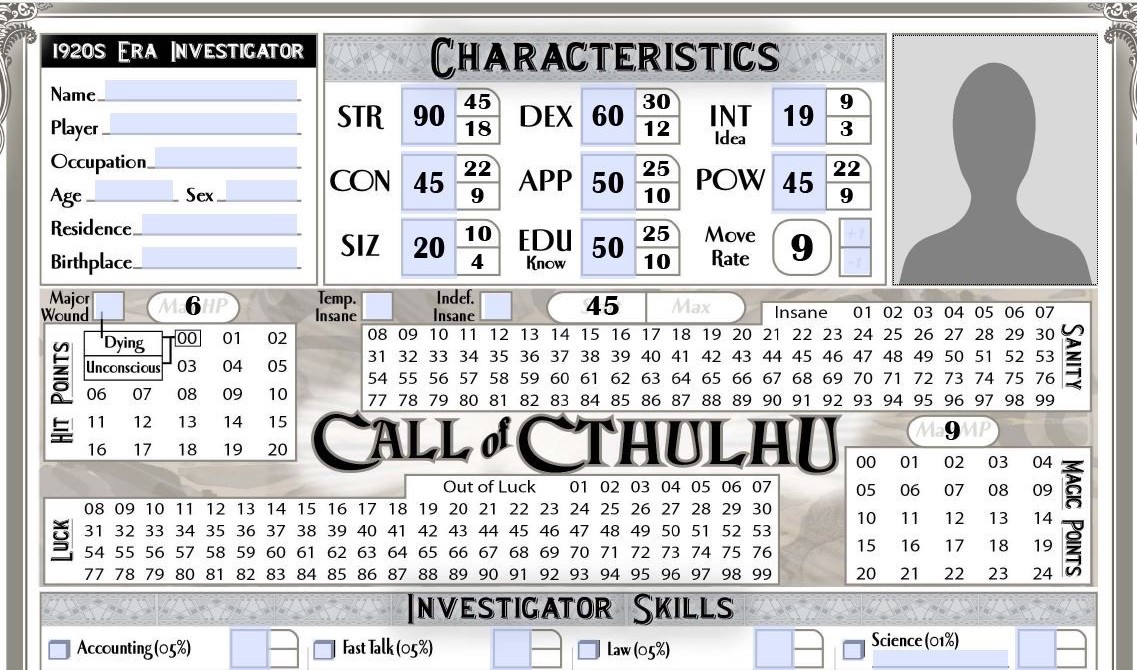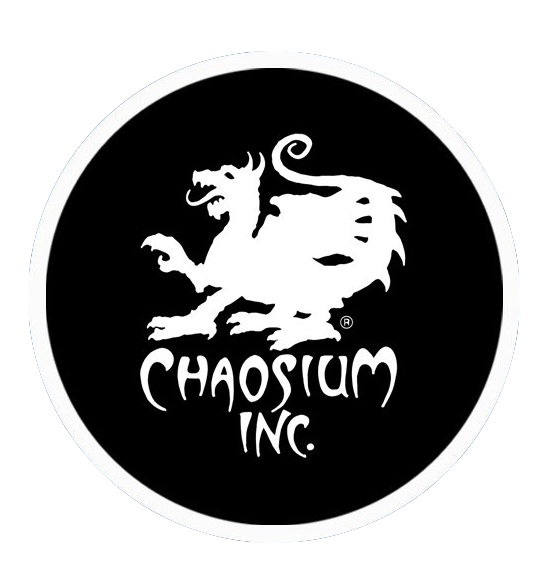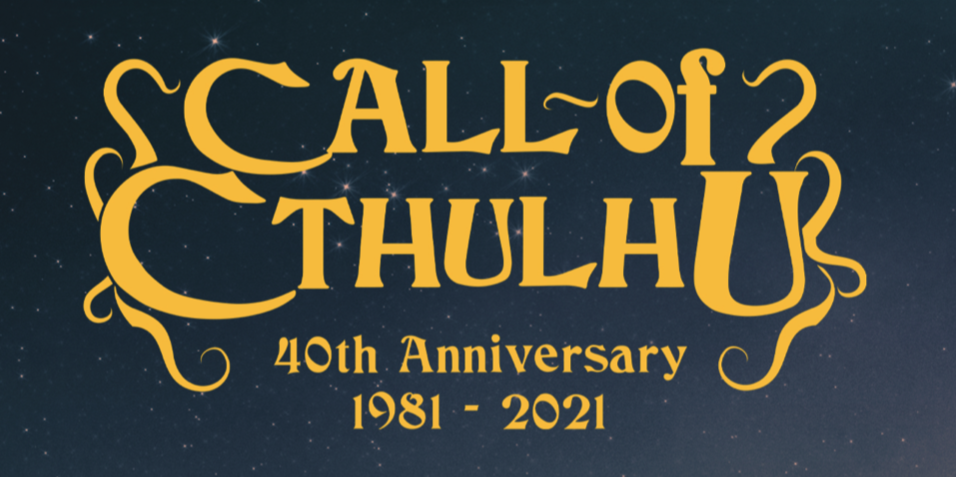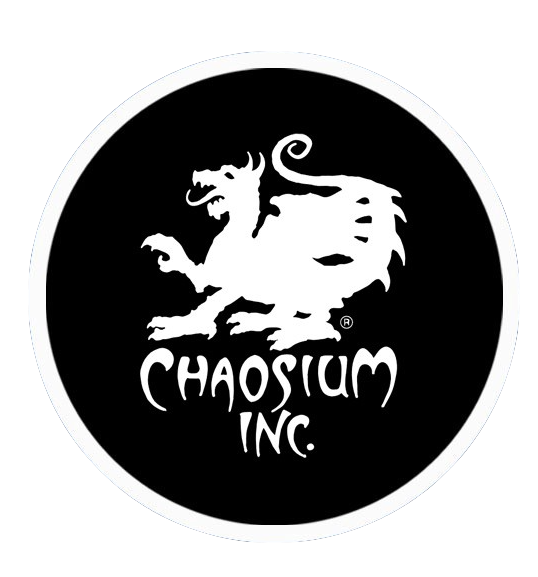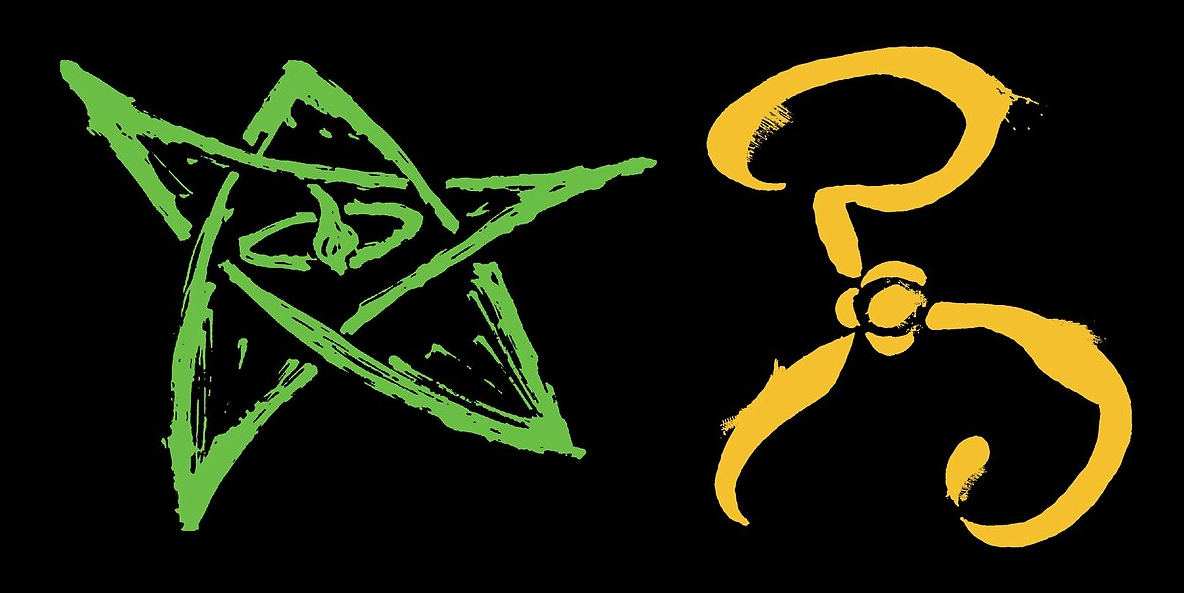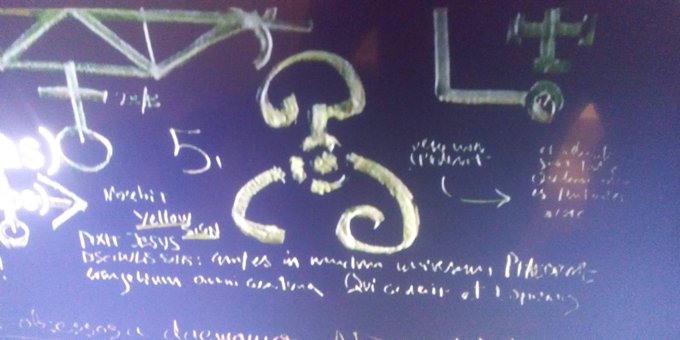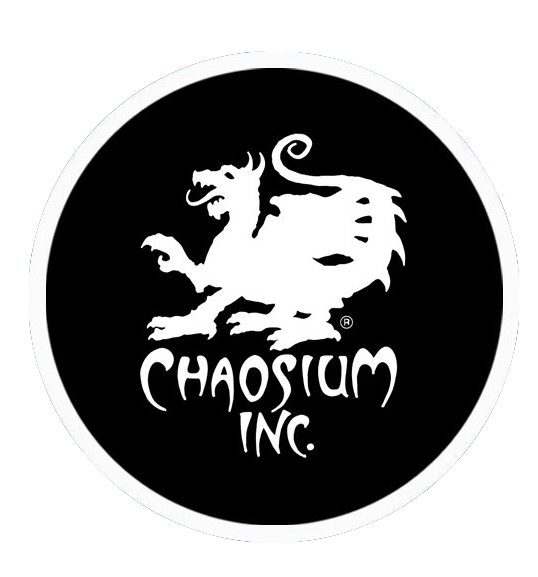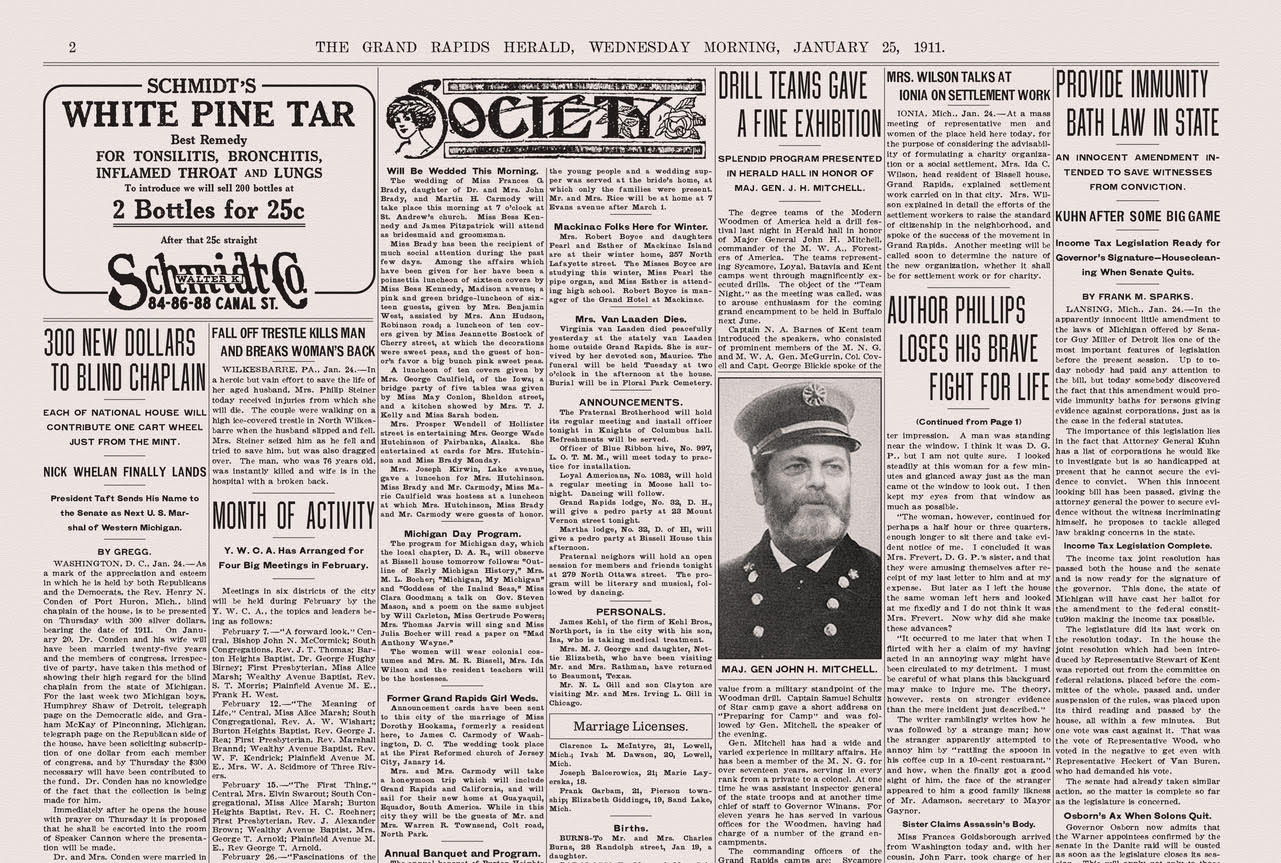From our Fan Use and Licensing Q&A:
Q: Isn’t H.P. Lovecraft/Cthulhu Mythos in the public domain?
A: Because H.P.Lovecraft died over 70 years ago, his individual writings are now in the public domain. However, the Mythos was/is a shared creation—even in HPL's lifetime ("the Lovecraft Circle"). Many of the writers HPL collaborated with lived on much later into the 20th century, e.g. Clarke Ashton Smith (d.1961), August Derleth (d.1971), Robert Bloch (d.1994), etc. Certain elements of the Mythos are theirs, or have been created by other still-living authors including Brian Lumley, Ramsey Campbell, Sandy Petersen, and others. What these writers created in the Mythos won't enter the public domain until they have been dead for 70 years.
Q: So you're not trying to claim you "own" the Mythos?
A: We make no claim that we "own" the Mythos, never have. We don't claim to own the Mythos in general, although certain elements of it including storylines, names, creatures, characters, descriptions, and depictions are Chaosium IP. We do own the
Call of Cthulhu RPG, and and are obliged to protect it. We also have agreements in place with living authors such as Ramsey Campbell and Brian Lumley, as well as the estates representing Lin Carter, August Derleth, Clark Ashton Smith, and other important Mythos creators.
Q: Can you advise me on what is and what isn't considered to be in the public domain for H.P. Lovecraft and the Mythos in general?
A: Sorry, for the sake of our SAN we can't assist with general enquiries about which elements of the Cthulhu Mythos reside in the public domain and which remain in copyright. The matter is complicated by a number of factors, including the incomplete or contradictory records connected to the copyrights of the original Mythos stories, the divergent and contradictory copyright laws of the various countries in which Mythos works are or have been published, and the sharing of content that went on between the authors in Lovecraft's original circle and some Mythos authors today.
There are a number of sites online that discuss the status of Lovecraft's copyrights. On the other Mythos authors, the works of living writers such as Ramsey Campbell and Brian Lumley clearly remain in copyright, while the status of works by authors who have passed away can vary wildly.
